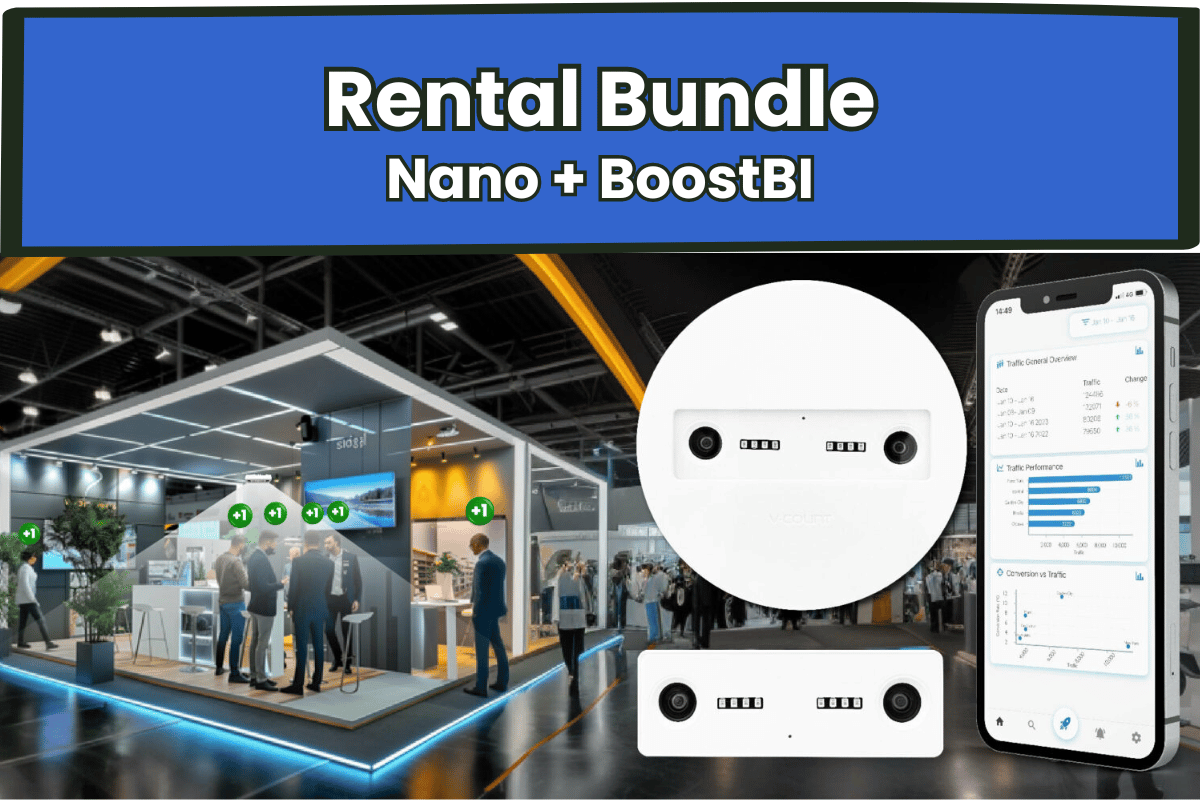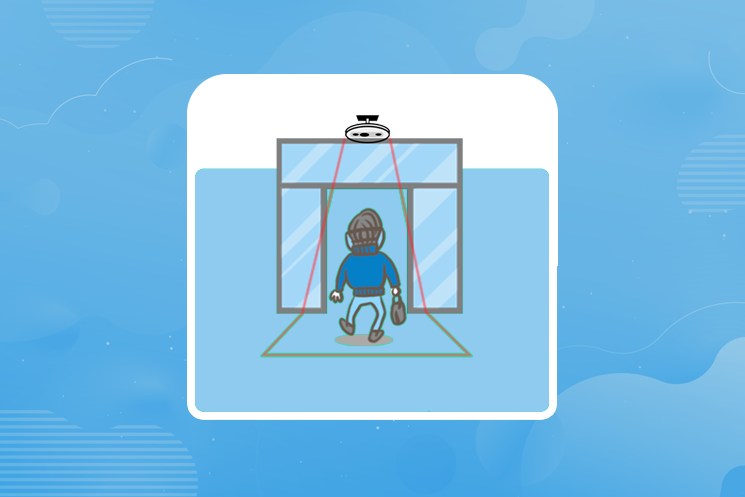In the aftermath of disasters such as earthquakes, fires, and others, understanding the occupancy levels of buildings, both before and after the disaster, is extremely critical. Emergency responders can act quickly and more efficiently if they have in advance knowledge about the number of people who may be trapped or in need of assistance in a particular area or building. This is where real-time occupancy monitoring makes a huge difference, as it can help quickly determine the occupancy levels of a building or a zone, ensuring rescue efforts can go more effectively.
If the emergency responders and rescuers have access to necessary people data in a building or an area —which real-time people counting and occupancy monitoring can readily provide— they can make informed decisions about where to focus their search and rescue efforts. Real-time occupancy knowledge can also provide critical information to other rescue organizations and local government officials to better organize their aid efforts.
Of course, not all people counting technologies or not even all real-time occupancy monitoring solutions are fit for this critical job. Your occupancy monitoring solutions should be cloud-powered, as on-premises solutions can’t be any help if the worst possible outcome should become the worst possible reality (such as a building collapsing or it being engulfed in fire).
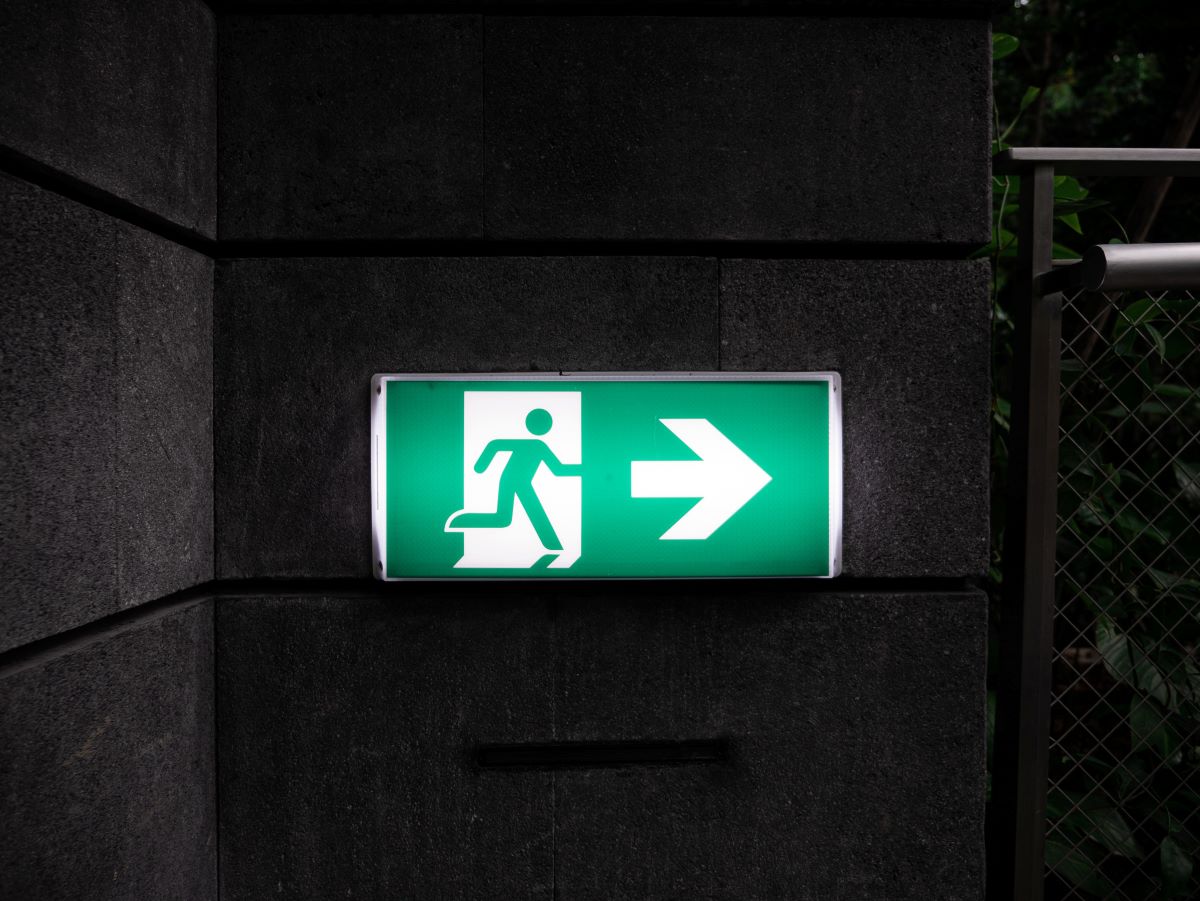
Using modern and up-to-date people counting sensors, real-time occupancy monitoring can provide accurate and up-to-the-minute information about how many people are in a building and in which zone they were last located.
There are more benefits to using this technology than just immediate ones during disaster relief efforts. People counting, especially real-time monitoring, can help building owners and managers identify areas where safety improvements are needed. You can monitor the occupancy levels and user and visitor flow through the building and find patterns over time. You can then make revisions to improve emergency exit routes and add further support procedures such as fire suppression systems, safe zones with provisions, and more.
In this article, we’ll further explain in which areas real-time occupancy monitoring can aid emergency responders in disasters and how they can help you improve safety throughout your building, area, or zone.
Speeding Up Rescue Efforts
An accurate and cloud-powered real-time occupancy monitoring solution can drastically speed up disaster rescue efforts. Emergency responders can use it to gather accurate and timely information, enabling them to locate and rescue people needing assistance more quickly and efficiently, ultimately saving more lives.
It can help first responders quickly identify the location of people within a building, including those who may be trapped or injured, saving precious time. Using this technology will help the rescuers focus their search on the areas where people are most likely to be.
Under normal circumstances, this technology can also provide accurate headcounts of the people in the disaster zone. Rescuers can use occupancy data to determine how many people may need assistance and where they may be located. However, the headcount feature should only be used in a supportive role. While some people counters (like ours) can provide up to 99.9% accuracy, every life counts, and depending on the severity of the disaster, that 0.1% can refer to a person. It’s never safe to fully trust one single technology in case of an emergency or disaster.
Real-time occupancy monitoring can also help the responders prioritize their rescue efforts, allowing them to save time and resources to save more lives.
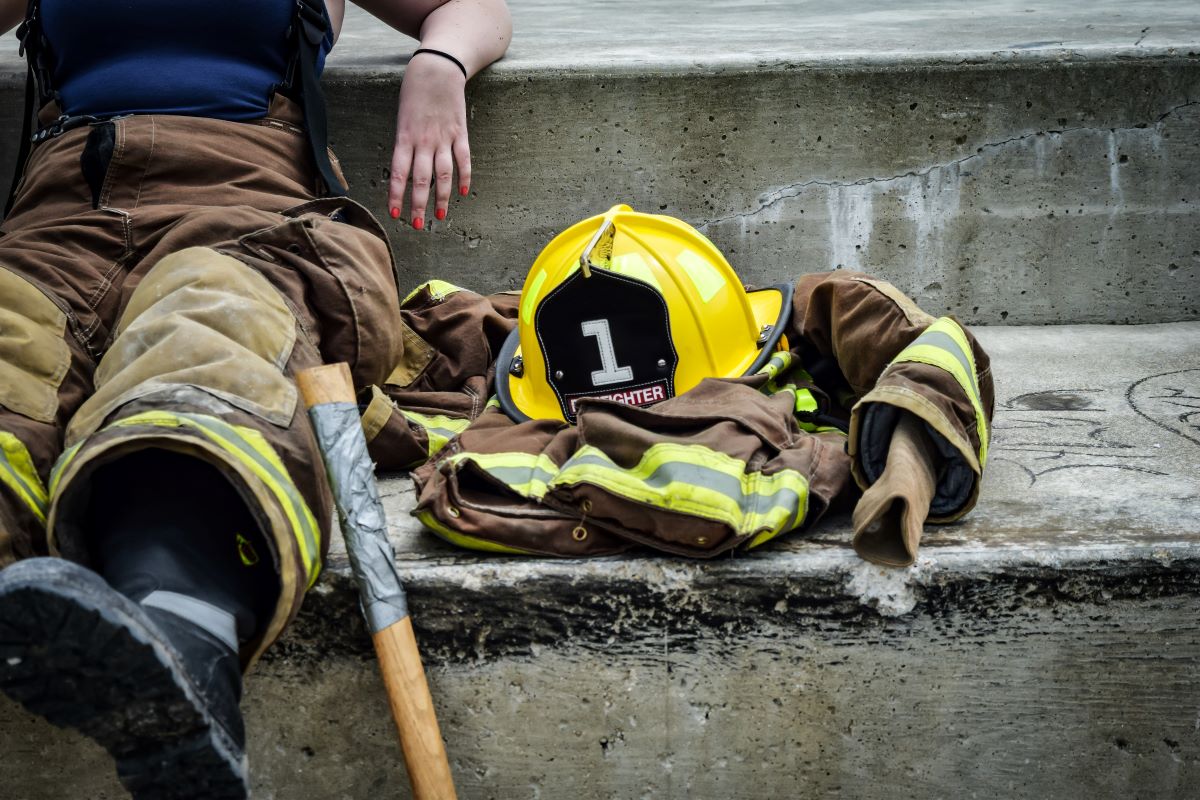
Preventing Further Injuries or Deaths
Occupancy monitoring can play an important role in preventing further injuries or deaths in disasters. It can provide timely and accurate information on occupancy levels. Information is vital in saving lives, allowing first responders to quickly identify and respond to hazardous situations and coordinate their rescue and aid efforts more effectively.
While recent events show us that many people trapped or injured can send signals or even use social media to ask for help, not all of them will have access to a working device. Rubble alone can be a signal blocker; hence, having a working device alone won’t be enough in many cases. Plus, some injuries may prevent their movement, or they may need to stay put into preserving energy. In any case, real-time monitoring can help responders quickly detect people who may be trapped and provide information on their location.
Emergency teams can also operate in better harmony when they know for sure there are other teams in the area, providing the necessary aid and efforts. This enhances the communication between responders and enables them to coordinate more efficiently. Efficient help efforts can prevent further injuries or even get in the way of deadly situations.
Improving Building Safety
Investing in people counting sensors with real-time occupancy tracking, zone analytics, and visitor flow solutions can also help you discover key information, such as occupant behavior across the building. These systems can help you identify areas that need safety improvements and aid you in optimizing emergency response planning.
If you set up customized alerts, occupancy level tracking in real-time can also detect a sudden increase in a specific zone, which may indicate that there is a potential emergency situation, and send an alert to building occupants and emergency responders. You can also use this system to detect if occupants tend to gather in a particular area during an emergency. You can then optimize your safety plans and allocate resources accordingly to ensure people can be safe.
Another benefit to having reliable people counting technology would be preventing overcrowding. Being able to track occupancy levels in real-time and understanding occupant behavior can help you develop new emergency plans and direct people so they won’t overcrowd specific areas during an emergency or a disaster. Being proactive and taking action before an emergency happens can save lives.
Improving Situational Awareness
In almost all rescue cases, emergency responders are the first to arrive at the disaster zone, and more often than not, they have to go in blind, at least initially. When they have no idea which areas of a building are occupied and which aren’t, it can be extremely difficult for them to launch their first rescue attempts. Even if the attempt is in good faith, going in blind greatly increases the risk of injuring someone who may need help or worse.
Real-time occupancy tracking can provide emergency responders with a clear understanding of the situation in the disaster zone and improve the chances of saving lives by helping rescue teams make more informed decisions.
Provided the monitoring systems are still alive despite the emergency situation —with modern power sources, it’s common enough—you can use the live information to find out where survivors are and focus efforts on getting to them and ensuring their safety. Combining their tools and expertise with the information this system provides, emergency responders can also determine which areas may require more urgent attention.
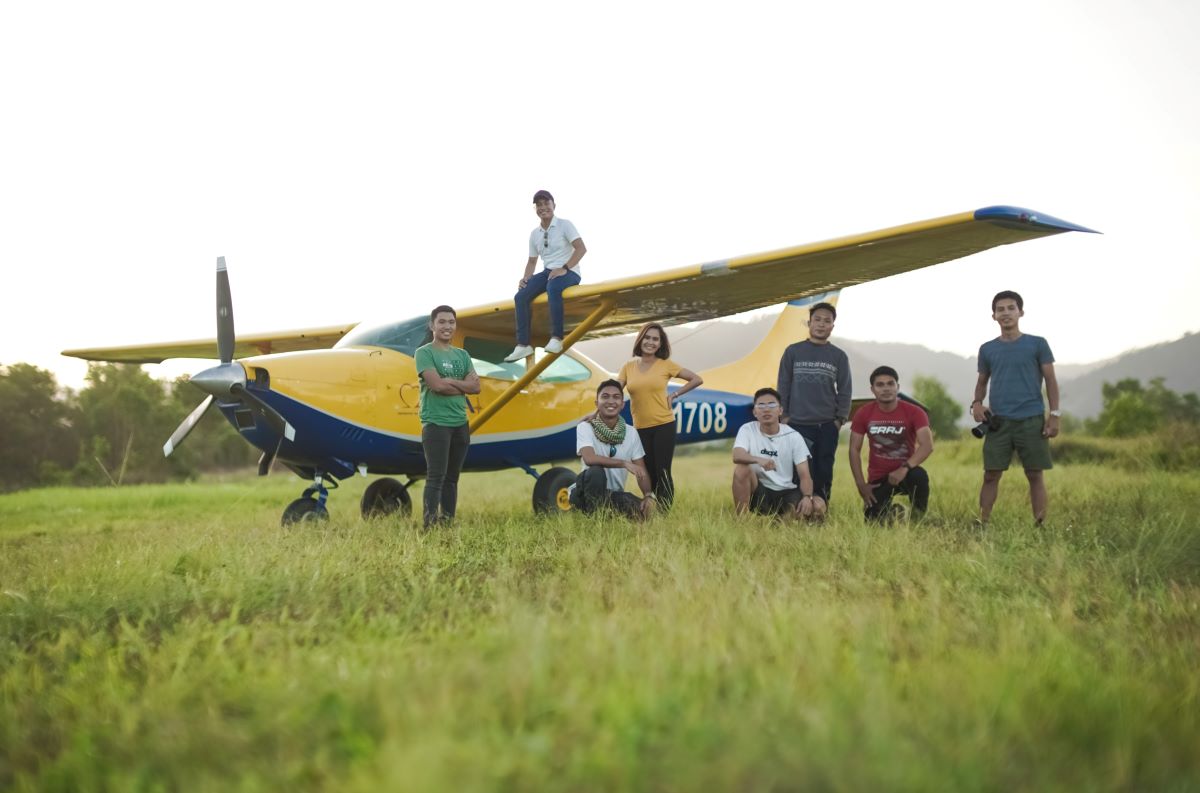
Providing Information to Stakeholders
People counting and real-time occupancy tracking can provide vital information to building owners and managers about the status of their building and its occupants during an emergency situation. You can also set up a system to alert government agencies and inform them immediately about your building occupancy levels before and during the disaster.
You can also use this system in harmony with others and send building occupants emergency messages, status reports or inform victims that help is on the way. While emergency drills are extremely important to help employees and businesses prepare for actual crises; unfortunately, quite a high number of people just ignore them. Emergency responders can relay vital messages and procedures to victims through these technologies, which may reduce panic among victims.
Conclusion
Real-time people counting and occupancy monitoring can not prevent disasters, that’s for sure, but they can help prevent or at least minimize the impact of disasters that may happen. Taking precautions can and will save lives, plus reduce property damage. It’s a vital tool in aiding immediate disaster response and long-term building safety planning alike. Be it a school, campus, shopping mall, or smart building, you can easily improve safety and security via this tech.
The best time to take action is now, rather than waiting for an actual emergency to happen. Get in touch with one of our people counting experts now, and let’s see how VCare, our real-time occupancy monitoring solution, can help you improve building and occupancy safety.

